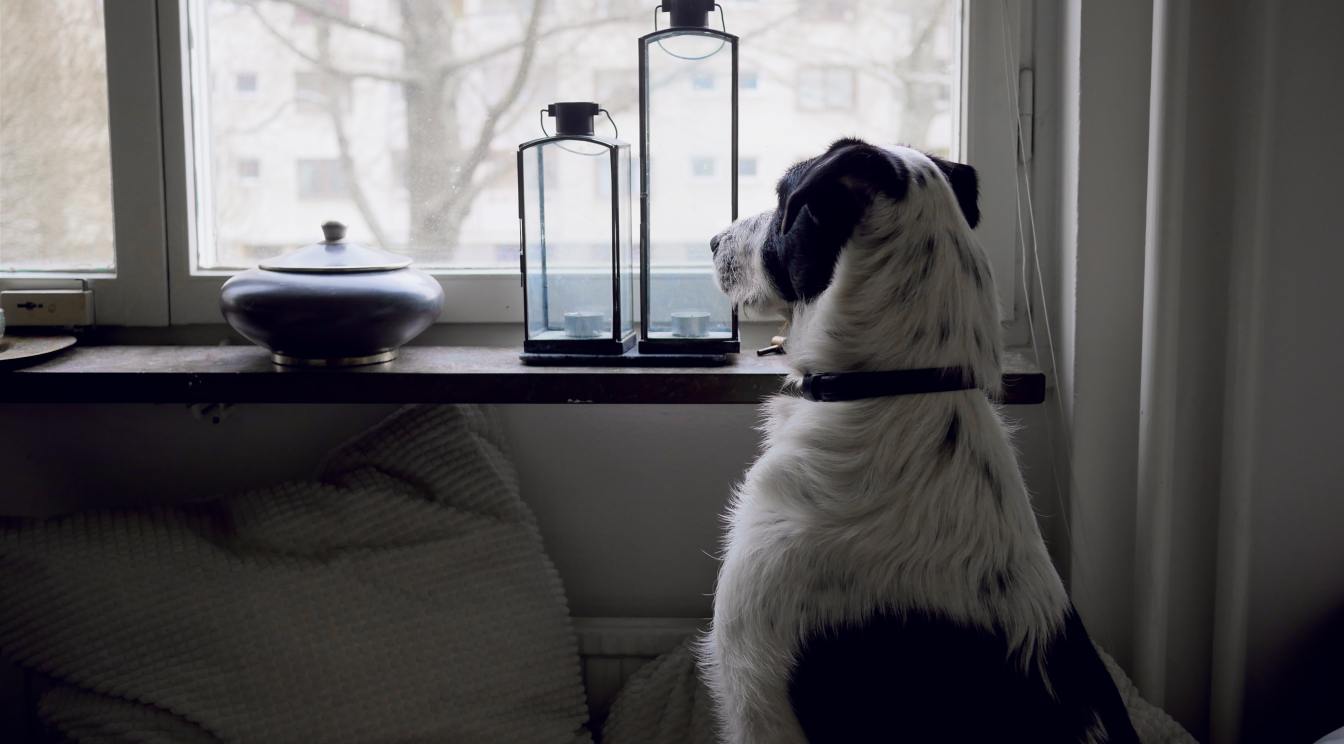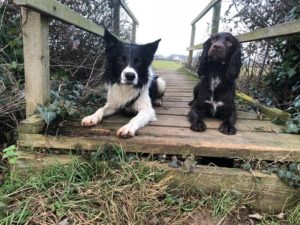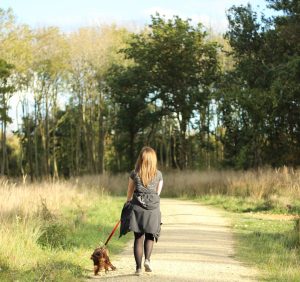
How do you manage dog struggles in the moment
It’s a question I get asked a lot.
Training takes time. And a lot of owners understand this and put the time and effort in every single day. They know it takes time to turn a dogs struggle into a great strength.
But what do you do in the meantime? You are training your dog not to jump up, but what do you do when they do it anyway?
You keep training your dog NOT to bark at the front door – but how do you stop them?
You are training for that recall EVERY SINGLE DAY. But they still won’t come back when they see a dog/squirrel/person
So how do you manage your dogs struggles IN the moment?
Well we’ve got some great advice and tips for you here together with a few examples of what you CAN do, whilst you are working on the struggle. A word you are going to hear a lot is MANAGEMENT.
There is a certain amount of ‘mirco managing’ and ‘engineering an outcome’ involved in concept dog training in order to avoid that rehearsal. (read more about rehearsal here)
So lets cover some common dog training struggles and the general advice we usually give our students.
“My dog keeps barking out of the front window every time someone walks past”
Such a common struggle. While we are training and working on the dogs confidence and optimism in the background, and teaching him that the floor is also a much better place to be than up in the window, we have to set him up to succeed.

And that will mean stopping access to that window.
Whether that’s a pen in front of it. Or furniture. Or if they can see from the floor you could limit access to the entire room during the day. Some of our students have used plastic screens that you stick on the window so that they can be easily removed once the training has sunk in. Whilst your dog is rehearsing that same behaviour over and over again your training is never going to have the desired effect.
“I’ve worked so hard on my recall but my dog still keeps running off – most of the time he’s really good, but when he sees other dogs he’s off”
Recall is something we work on constantly in training throughout a dog’s life. We keep it topped up regularly. For most dogs, it’s not something you do once, and then that’s it – perfect recall.

Every time your dog realises that being away from you is more fun than being near you, you face a losing battle. To limit the rehearsal while you are working on recall, you either need to keep him on lead, or use a long line. You can practice recall in places where you know he will succeed, and keep him on lead in places he finds harder.
Gradually building up that difficulty.
Don’t feel guilty for not letting your dog off lead around packs of dogs to ‘have fun’ if you know he won’t come back. If you want that recall, you need to manage his environment for him to make the decision as easy as possible.
Side note: Don’t ever be cross with your dog when he does eventually come back after you’ve been calling him several times. All that is teaching him is that you really ARENT great to be around. He has no idea WHY you are cross with him. In fact, you’ve just punished him for returning and doing exactly what you wanted!
“I’m trying to teach my dog loose lead walking and in the house, it seems to be working, but when we leave the house he still pulls.”
Loose lead walking is a skill we cover a lot in classes and teach in lots of different ways. It’s not something that you teach outside straight away. It’s a skill that a dog needs to learn in different environments before taking on the road.
For example:
- the house
- then the garden
- then the front garden
- then low distraction environments
- followed by high distraction environments
In the meantime, however, you still want to take your dog out, and you know this isn’t a skill they will learn overnight.

Something we do is have different harnesses for different skills.
If your dog has been used to pulling on their harness for the last 12 months, then we would advise that you think about getting a double-ended lead and attach it to the front and the back while you are teaching the loose lead skills.
Then your dog knows that when the lead is on BOTH attachments he is doing some polite walking. When the lead is attached only to the back, this is when he is ‘allowed’ to pull.
Or you could have a harness for loose lead walking, and a harness for pulling.
Or a head collar for polite walking.
Whichever way you do it, make sure your dog can feel the difference. This will really help when you start to transfer those loose lead skills and saves confusion for your dog.
We have lots more management advice in our online and in-person classes.
Fancy taking a look at a free class with us?
Follow this link and complete the form and we will give you ONE free class to spectate.
A LIVE class, in person or online where you can meet head trainer Nikki and even get a question or two answered.
